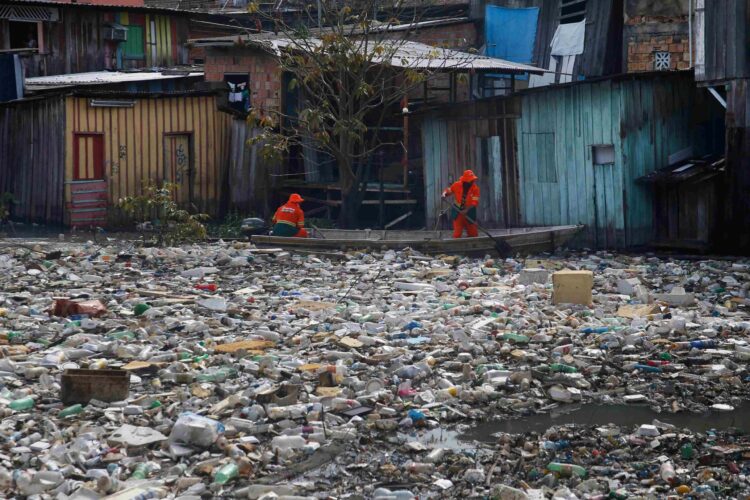A new scientific study has found there are traces of microplastics in all human placenta tissue, a discovery that has troubling implications for the health of future generations.
Microplastics are bits of plastic less than five millimeters long, which shed from human-created products. They now permeate our environment and have been found in every organ of the human body including the brain.
Learn the benefits of becoming a Valuetainment Member and subscribe today!
The study, conducted by a dozen researchers and published in the journal Toxicological Studies, used fluorescence microscopy to analyze placenta samples from 62 individuals, finding no traces of nano-plastics but the definite presence of particles and fibers greater than one micron, or one millionth of a meter. Despite their size, these microplastics can have detrimental consequences for growth and typical hormonal processes. Scientists have discovered a correlation between microplastics in the body and health conditions like inflammatory bowel disease, colon cancer, and declining sperm counts.
Every placenta analyzed contained concentrations between 6.5 to 7.9 micrograms per gram of tissue.
“Although these numbers might appear insignificant at first glance, the health effects of a steadily increasing volume of microplastics in our environment are potentially profound,” lead researcher Matthew Campen, Regents’ Professor at the University of New Mexico Health Sciences (UNM) Department of Pharmaceutical Sciences said.
The most common polymer in the samples was polyethylene, representing about 54 percent of the discovered plastics. Polyvinyl chloride (PVC) and nylon made up about 10 percent each. Nine different microplastics constituted the rest.
The plastics that humans began creating in the 1950s “ends up in groundwater, and sometimes it aerosolizes and ends up in our environment,” explained researcher Marcus Garcia, who is a postdoctoral fellow under Campen. “We’re not only getting it from ingestion but also through inhalation as well. It not only affects us as humans, but all of our animals — chickens, livestock — and all of our plants. We’re seeing it in everything.”
These plastics are likely from decades ago, as they have a half-life of up to 300 years.
“It’s only getting worse, and the trajectory is it will double every 10 to 15 years,” he said. “So, even if we were to stop it today, in 2050 there will be three times as much plastic in the background as there is now. And we’re not going to stop it today.”
 Shane Devine is a writer covering politics, economics, and culture for Valuetainment. Follow Shane on X (Twitter).
Shane Devine is a writer covering politics, economics, and culture for Valuetainment. Follow Shane on X (Twitter).


















Add comment